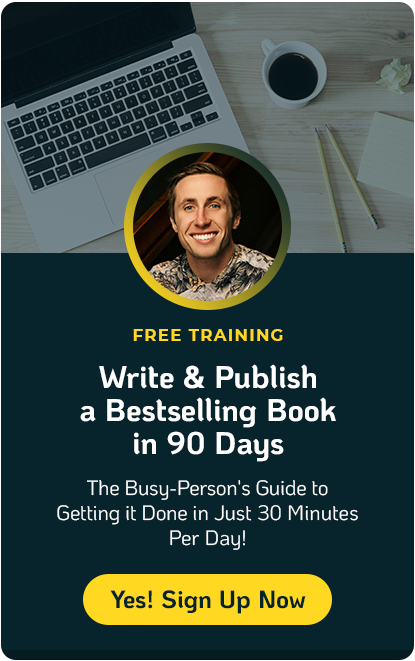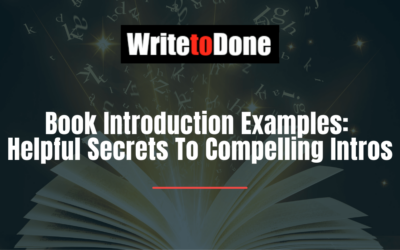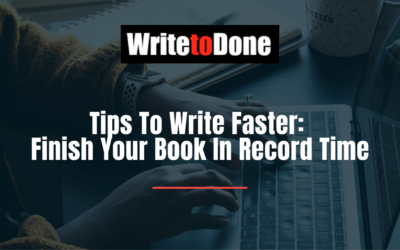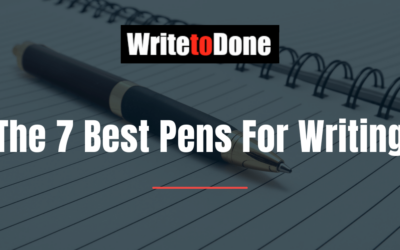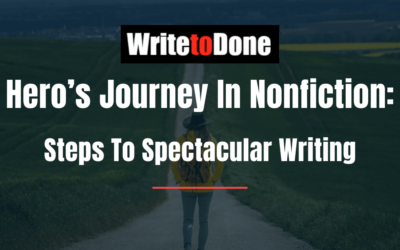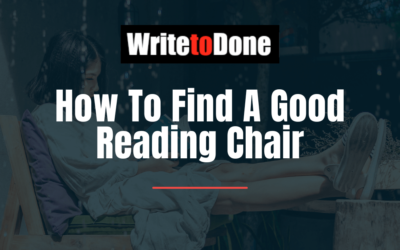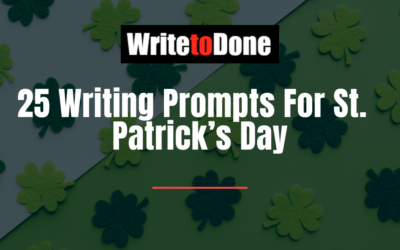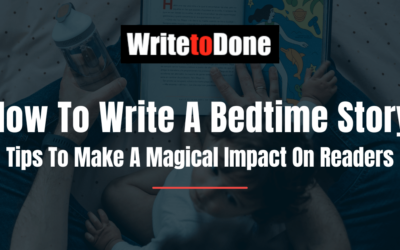If you want to improve your writing, where do you look for inspiration?
I mean, would you use Shakespeare as your guide?
Or Hemingway?
Or other famous authors?
I hope not. Because writing for the Net is different.
The new style of blog writing is based upon …
The answer may surprise you.
It’s not writing for a newspaper or a magazine, or journal writing, or creating novels, or academic writing.
It’s copywriting. Weird, eh?
What Joe Sugerman can teach bloggers
Joe Sugerman is one of the copywriting greats. He’s what Mohammed Ali is for boxing . Here is what he taught, and how it can be applied to blogging.
The best copywriters in the world are those who are curious about life, read a great deal, have many hobbies, like to travel, have a variety of interests, often master many skills, get bored and then look for other skills to master. They hunger for experience and knowledge and find other people interesting. They are very good listeners.
You could say the same about bloggers, agreed?
Here are important tips for copywriters that also work for bloggers.
The single function of the headline is …
The single function of the headline is to get people to read the first sentence. Yep. That’s it.
Let’s leave headlines aside for a moment and look at the first sentence.
The first sentence is where most bloggers drop the ball
Yes, the first sentence is where most bloggers lose their readers. That’s sad, because if you can get them to read the first sentence, and then the next sentence – they’re likely to read right to the end.
Here’s what Sugarman says about the first headline:
Now if the first sentence is so important, what can you do to make it so compelling to read, so simple, and so interesting that your readers—every one of them—will read it in its entirety?
The answer: Make it short.
What is the function of the first sentence?
Guess.
Is it to make readers curious? Or to express a benefit? Or to give background information?
No.
Let’s to go school with Sugerman:
The purpose of the first sentence is to get you to read the second sentence. Nothing more, nothing less.
Here is Joe’s view of a first sentence that works:
Each sentence is so short and easy to read that your reader starts to read your copy almost as if being sucked into it. Think about the analogy of a locomotive. When the locomotive starts to chug from a standing start, it really works hard. The amount of commitment and energy that the train must exert is monumental. But once the train starts to move, the next few feet become easier and the next few even easier.
Warning: if you bury your first sentence in a long paragraph, readers will wander off.
How to structure your first paragraph
There’s a simple way to make your first sentence work: let it stand alone as your first paragraph. Take a look at the example below to see how this works. It’s from Derek Halpern’s blog Social Triggers
I’m sure you noticed how smoothly Derek’s post leads the reader along. The reason is simple: the whole first part of the post is made up of one-sentence paragraphs.
Here’s another example, this time by Brian Clark
You can see that both blogger have a similar style – which isn’t surprising. They both have a background as copywriters.
Here’s another example of this contemporary style of blog writing. This is by Jon Morrow from his new, awesome blog, Blog Boost Traffic from a post, called, Why Posting Every Day is a Silly Strategy (And What to Do Instead)
In contrast, here is a first blogger with less experience. It’s from Kristoph Matthew:
As you can see, Kristoph is a talented writer. But his writing style is still based upon article-writing. It would be easy to deconstruct the first paragraph and use the material create a great intro to his post. (You might like to try this as an exercise).
OK, you’ve got the reader’s attention. Now what?
Your next task is to harmonize with your readers.
Harmonize? Well, I don’t mean you have to sing along with your reader. But you need to be in harmony.
You need to get them to nod along with you. Once you are in harmony with your reader, they will trust you to take them on a journey.
Because every post is a journey (or should be).
How to create harmony
Sugerman offers the example of how a car salesman works (I know, I know – who wants to be like a car salesman …)
A car salesman says, “Nice day, Mr. Jones.” Mr. Jones then answers, “Yes.” (It is a nice day, the statement is truthful and the customer answers in the affirmative.)
“I see, Mr. Jones, that you keep your car very clean.” “Yes, I do.” (At this point, the salesman has Mr. Jones saying yes and nodding his head.) “I see, Mr. Jones, that since you now own a Buick and we sell Buicks, you probably could use a new one?” “Yes.” (The salesman asks a rather obvious question and Mr. Jones, nodding, replies in the affirmative.)
“May I show you one of our latest models with improvements over the model you currently own?” “Yes.” (The salesman once again says the obvious to get a yes answer, and the harmony continues.)
Leaving aside the unfortunate car salesman thing, you can see how the technique enables the seller and the prospective customer to be in harmony. As bloggers, we can learn from this.
- A simple way to create harmony is to ask questions that you know you’re reader will answer with ‘yes’. Right?
- Another way is to assume that your readers are savvy. As you well know, people like to be seen as savvy. (I’m sure you spotted the little device I used just now…)
Remember the thing I said about going on a journey? That’s the next thing you need to do.
Every post needs to lead your readers on a journey.
As you know, every journey has a start and a destination. If you just stand on your doormat – and keep on standing on it – that’s not a journey. You need to step out and arrive somewhere.
In terms of writing a blog post, the destination can be a number of things:
- Your reader has learned something new.
- Your reader has found a new way to think.
- Your reader has found new inspiration.
- Your reader has found a new way to do something.
- The reader subscribes.
- The reader buys your product.
What happens at the destination?
You’ve led your readers from the stunning headline to the short (but stunning) first sentence. Then you’ve taken them on a (stunning) journey.
What now?
Most blog writers just drop their readers in the trash at the destination. They’ve worked hard to write something useful or entertaining. They drop them, thinking:
“I’ve finished the post … phew! Now it’s time to leave the readers to their own device and to crack open a beer.”
But if you stop now, you’ve missed the crucial part of a blog post.
How to create the finale
Here’s where we return to copywriting.
You need to think about the overall purpose of copywriting: it’s to make a customer buy something. That’s crass. But true.
It sounds better if to say: the aim of copy is to make the customer take action.
And that’s exactly what you need to do as a blogger:
You need to make the reader take action.
What kind of action?
You have choices: you can ask readers to leave a comment, or subscribe, or to buy a product, or to read other posts, or to try an experiment, or to donate $100,000 to you, or …
You get it: the choices are endless.
The important point is to tell them what action you want them to take. Do you want them to leave a comment? In that case complete your post by saying something like this, “What do you think? Please share your thoughts in the comments.”
If the action you want readers to take is to click a link, buy a product, or to subscribe, or whatever – let them know.
What to do next
Just reading this post won’t do anything for you. You have to take action. (Does that ring a bell?)
When you write your next blog post, use this article as a guideline. Try out each of the suggestions and see how it works for your personal style.
Thoughts? Questions? Please share in the comments.
About the author:
Mary Jaksch is Editor-in-Chief at Write to Done. Grab her FREE report How to Write Like an A-List Blogger. Mary has helped thousands of students successfully create outstanding and profitable blogs at A-List Blogging and is the blogger behind Goodlife ZEN.







